Papier-mâché, wood.
Germany.
ca. 1890.
h. 17,7 in.
Botanical model of a lilac flower (Syringa vulgaris), created around 1890 in the German workshops of Robert Brendel.
Founded in 1866 in Breslau (a city formerly part of Germany, now in Poland), the Brendel workshops, named after their founder Robert Brendel, became famous at the end of the 19th century for their scientifically accurate botanical models of flowers and plants made from wood and papier-mâché. When Robert Brendel passed away in 1898, his son Reinhold Brendel took over the direction of the workshops, and the Brendel flower models were at the peak of their fame. A medal awarded at the 1900 Paris Exposition Universelle added to a long list of accolades earned under the father's leadership (Moscow in 1872, Cologne in 1890, and especially Chicago in 1893). Brendel’s botanical models were then renowned for their educational value, widely used in botanical teaching at universities across Europe and America. In line with their educational purpose, the corolla of this model is removable, revealing an earlier stage in the formation of the pistil.
Rare and fragile, most of the Brendel flower models are now preserved in natural history museums or in the collections of prestigious universities. They can be found in the collections of the Smithsonian Museum in Washington D.C., the universities of Bologna and Florence, the National Museum of Liverpool, as well as the University of Lille.
The Syringa vulgaris appears as number 37 in the 1885 Brendel catalog and belongs to the sixth section dedicated to Zierpflanzen (ornamental plants).
The blackened wooden base of this model helps date it to the late 1890s to early 1900s. However, the color of the lilac indicates that it was created relatively early, as 20th-century Syringa vulgaris models typically feature a mauve color. A similar model, with a blue corolla, held at the University of Bologna, dates from the late 1870s. Brendel lilac flowers in blue are rarer than those in mauve.
Sources
Alexander Tschirch, Erläuterungen zu den botanischen Modellen von Robert Brendel, Berlin, 1885; Preis-Verzeichniss der von R. Brendel, Berlin W., Kurfürstendamm 101, angefertigten botanischen Modelle, Berlin, 1885; Grazinia Fiorini, Luana Maekawa, and Peter Stiberc, “Save the Plants: Conservation of Brendel Anatomical Botany Models,” Florence, 2008.


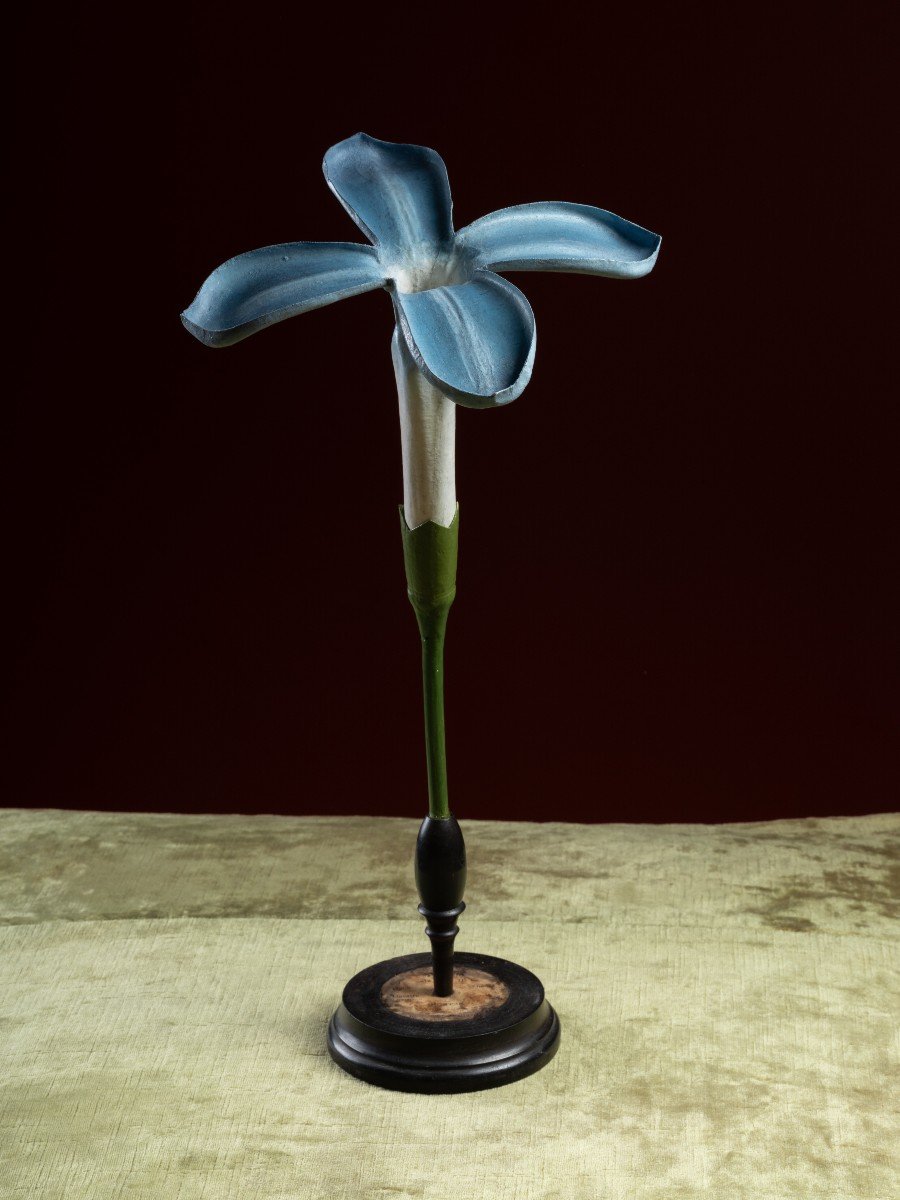
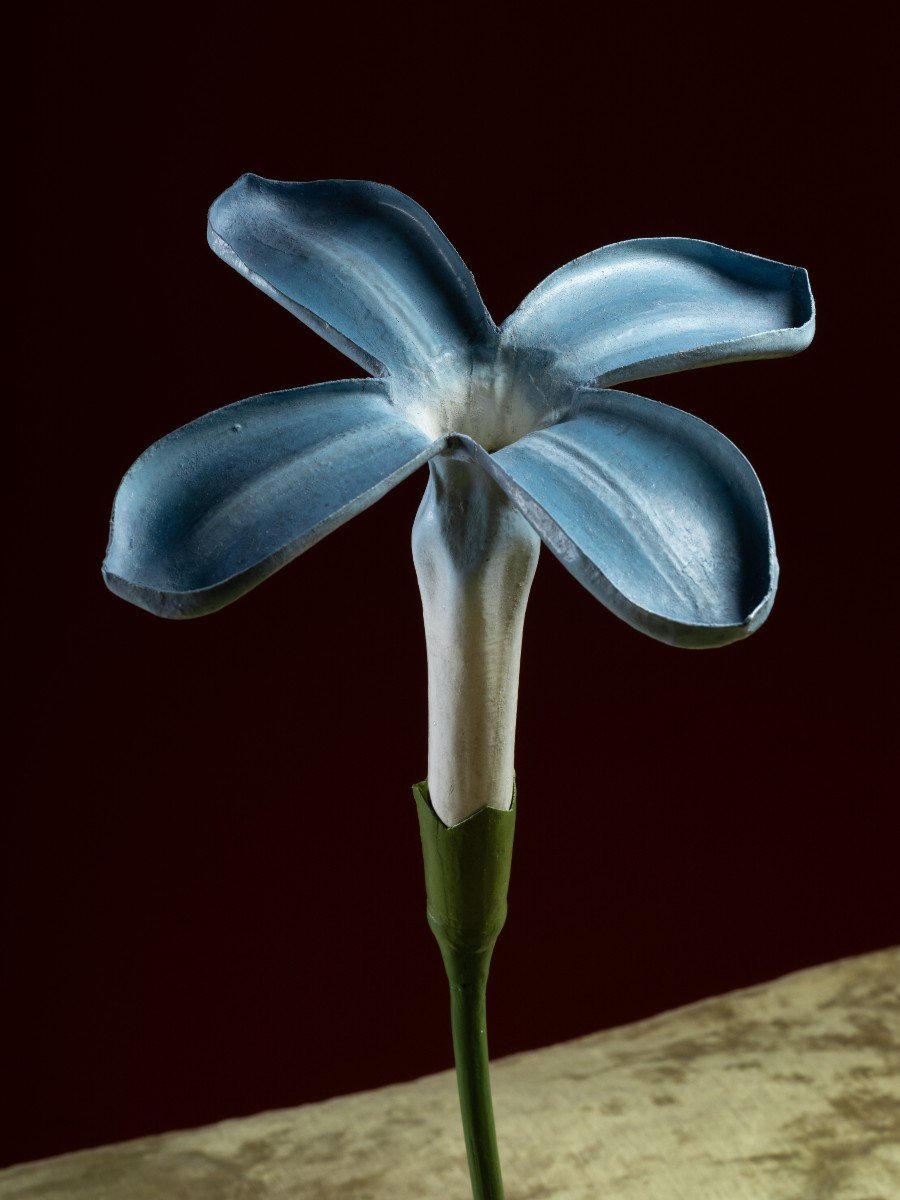







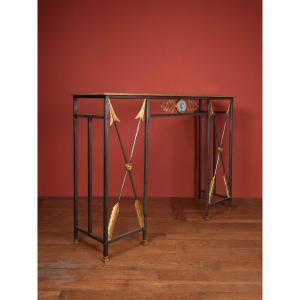
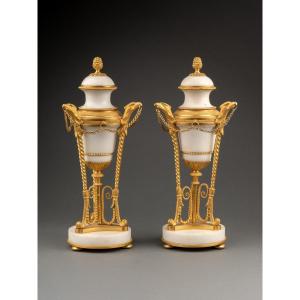







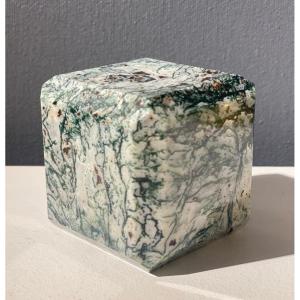
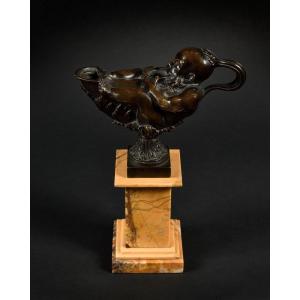

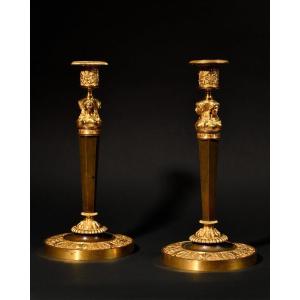

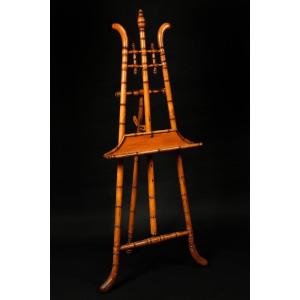


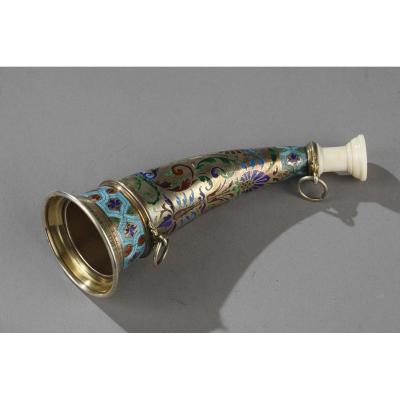
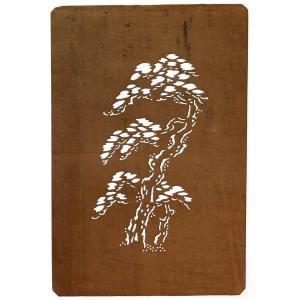
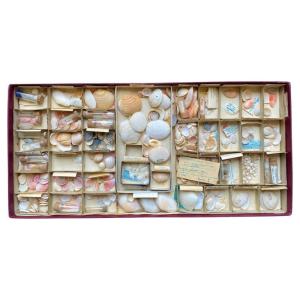



 Le Magazine de PROANTIC
Le Magazine de PROANTIC TRÉSORS Magazine
TRÉSORS Magazine Rivista Artiquariato
Rivista Artiquariato